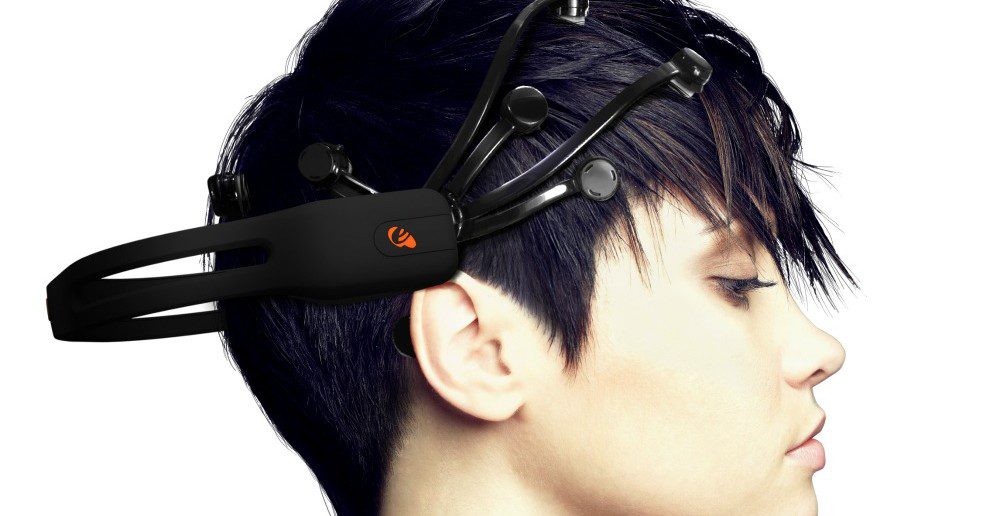Photo: mind-reading tech maker Emotiv, who was notably present at MIPTV 2011
One of the most important parts… Scratch that, by the way. What I meant to write was that THE most important thing in the television business is to reach an audience. That brings fame and fortune, sponsors and collaborators. That will give you the ratings you need to sell ad space, to convince a broadcaster to renew for two seasons more, to see ancialliary revenue rise and merchandise being sold.
Audience research has been a staple of any serious-minded developer, producer and distributor of content for many decades, from questionnaires to ratings analysis to focus group studies. Right now, however, research into the audience is moving beyond these more superficial alternatives and into your very feelings. Two key components have helped audience research reach this stage, often walking hand in hand; the evolution of tech and the evolution of methodology.
What everyone involved in creating any form of content wants to know is ”are people understanding what I’ve made for them, what do they think of it and do they like it?”. The same goes for producers, distributors and marketing people, albeit from slightly different angles. The technology of today gives us increasingly accurate ways of answering those questions. Here are a few of the gadgets that, paired with the right research methodologies, will help us make better content in the future.
When people react to something, be it positively or negatively, the skin becomes slightly more moist. Moist skin conducts electricity better than dry skin, and this difference can be measured, and plotted – giving researchers the possibility to monitor whether a person is excited, aroused, afraid or otherwise emotionally engaged in something. If this is measured while the person watches a tv show for example, the changes in engagement can be related to the content – i.e., was the person excited by what he or she saw on the show, or was it a complete flatline of disinterest?
Eye tracking equipment
But how can we be sure the audience is seeing what we want them to see? Here’s where eye tracking enters the field of play. There are several manufacturers, such as ISCAN or Tobii, who produce cameras that will track your gaze and plot where you’re actually looking. Sweden’s Tobii has recently released eye-tracking glasses, which, being portable, can offer new possibilities to track eye movement. By plotting this – what people are looking at, how their gaze wanders, how long it stays in one place – together with the skin conductance testing mentioned above, it gives a fairly clear picture of cause and effect when it comes to content. Still the overall picture is a bit rough, though. Enter…
EEG helmets
EEG helmets are just that, helmets with sensors that you put on your head. These can then tell you what parts of your brain are activated at any given moment, which in turn can be correlated to terms such as engagement, stress, excitement and so on. Again, there are several manufacturers, such as NeuroFocus or Emotiv (photo), with slight differences in design and measuring methods. Combining this method with the two previous ones results in a fairly powerful tool when it comes to knowing how people react and think when they watch a certain piece of content.
Methodologies
Now, everything these gadgets can do would be useless if there was no methods for how to interpret the data readings stemming from the equipment above. That is why methodologies are crucial to work on and get right, in order to be able to give adequate results back to developers, producers and broadcasters.
With technologies advancing at an extremely rapid rate – LCD contact lenses projecting images straight into your eye, EEG reading equipment becoming increasingly sophisticated etc – it’s an exciting time for creators and distributors of content. We’ll be able to refine content under development, to quicker respond to issues arising (even more important in a multiplatform world) and hopefully make even more engaging and exciting content.
Simon Staffans is a format developer at MediaCity Finland. The company is also deeply engaged in UX research and audience research.
Expect more thinking out of the box at MIPCube, the new pre-MIPTV event that replaces 2011’s Connected Creativity. Join the future-of-TV conversation on Facebook!





1 Comment
Pingback: Simon Staffans: On reading TV viewers’ minds… in Cannes! | MIPBlog